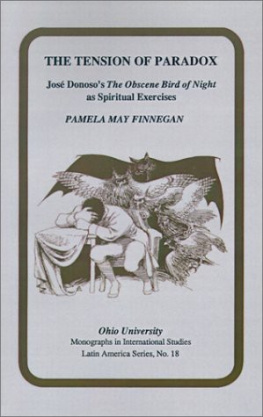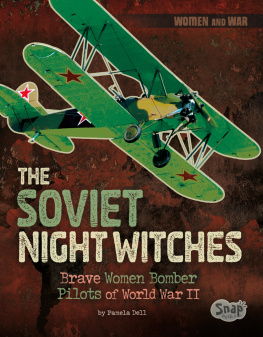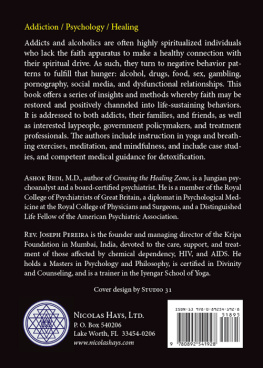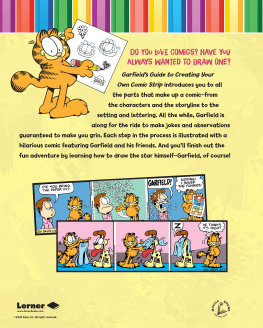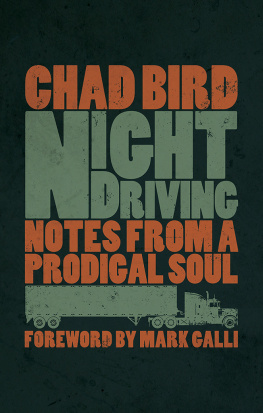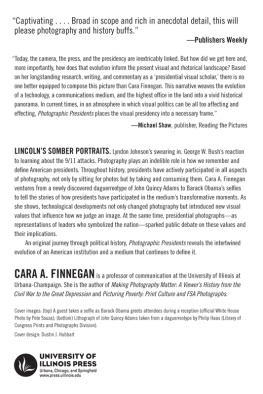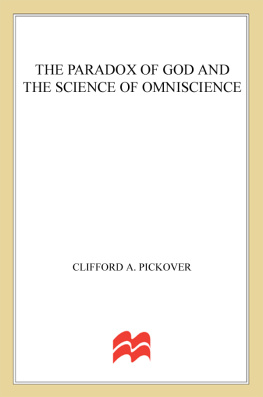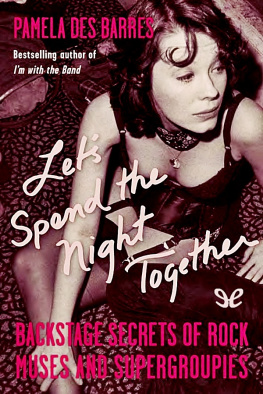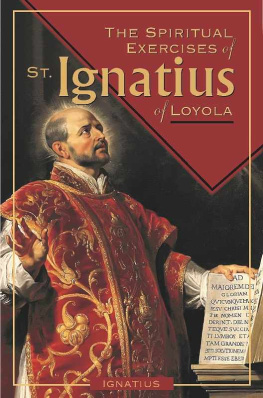I would like to express my sincere appreciation to the following people: Professor Djelal Kadir for his unfailing support and guidance during the realization of this project; Professors Enrique Caracciolo-Trejo, Paul Dixon, and Floyd Merrell for their challenging observations regarding this project; and my family for their support and encouragement throughout this period of preparation.
INTRODUCTION
The novel The Obscene Bird of Night (El obsceno pjaro de la noche) by Chilean author Jos Donoso parabolizes man's relationship with language and the world. The text estranges man and world, thereby emphasizing the ordering nature of their intermediary, of language. Man devoid of language sees and hears, that is, perceives, but the process of "receiving through" the senses remains a passive reception until conception occurs through taxonomic linguistic ordering. Perception, reception, and conception make experiential interaction both possible and meaningful.
The novel's two alter-egos, Humberto/Mudito, perceive and receive stimuli; however, by means of language they conceive of worlds diametrically opposed even as they are interdependent. Through the text's critical language, the reader experiences one possible resolution of this opposition as he participates in the parabolic search for the unknown within the known. The tension of paradox accompanies this spiritual search for meaning.
Since the novel's publication in 1970, literary criticism has studied The Obscene Bird of Night by employing various strategies and models. The present study represents a departure from the preceding critical work in that it assumes the linguistic and procedural importance of the text's self-avowed emphasis on spiritual exercises. In this introduction I would like to offer a brief survey of the extant critical literature, which I hope will eventually underscore my own departure from the critical corpus elicited by this novel.
Prior to 1970, Hispanic criticism principally had characterized Donoso's prose works in relation to the criollista canon of sociallyconscious and socially-focused works. More specifically, as an author Donoso was the continuer of the great Chilean social novel (Quinteros 1978: 62; Achugar 1979: 71). The publication of The Obscene Bird of Night was a troublesome event in Latin American literary history as the novel presented a seemingly radical change
-xi-
from Donoso's previous prose output. Even though the final scene in Coronacin was "grotesque" in relation to its own context (Goic 1975: 45-57), even though Este domingo evinced a tentative experimentation with perspective that made readers feel "ambiguous" as to "where the author stood" (Achugar 1979: 109), and even though El lugar sin limites was a play on the word travestismo (Sarduy 1969: 43-48), El obsceno pjaro de la noche was perceived as drastically diverging from the relatively complacent prose of its author's prior works (Quinteros 1978: 193). In other words, literary history had created critical and reader expectations. The predominantly socially-focused pre-1960 body of critical work on Donoso had grudgingly accorded the author some measure of "newness" while applauding his "traditionalism," expecting this disequilibrium to remain manifest.
The readers of Donoso's novels were as surprised by his new novel as were the critics who had transferred to us their own expectations. We were unprepared for this critically defined "break" with tradition which subsequent criticism has resolved into a "cycle" (Achugar 1979: 13), The Obscene Bird of Night now representing the aforementioned break with tradition and the author's thematic obsessions. The short stories and novels prior to 1971 are currently configured by criticism as a literary cycle of images, obsessions, and perspectives that close with this, Donoso's most elaborate novel. Yet another new cycle opens with the publication of Tres novelitas burguesas.
The idea of a "cycle" may well be pacifying but not fulfilling. In an effort to explicate illusive textual problems and inconsistencies within The Obscene Bird of Night, by now considered Donoso's masterpiece, Hispanic criticism has begun utilizing new languages and methods to approach this enigmatic text. New readings (critical "rereadings") spawned from investigative models such as structuralism, semiotics, deconstructionism, freudianism, and marxism all aid in identifying the novel's built-in critical devices as well as the author's professional and psychological evolution. These critical languages eclectically focus our attention on textual dialectics, the

